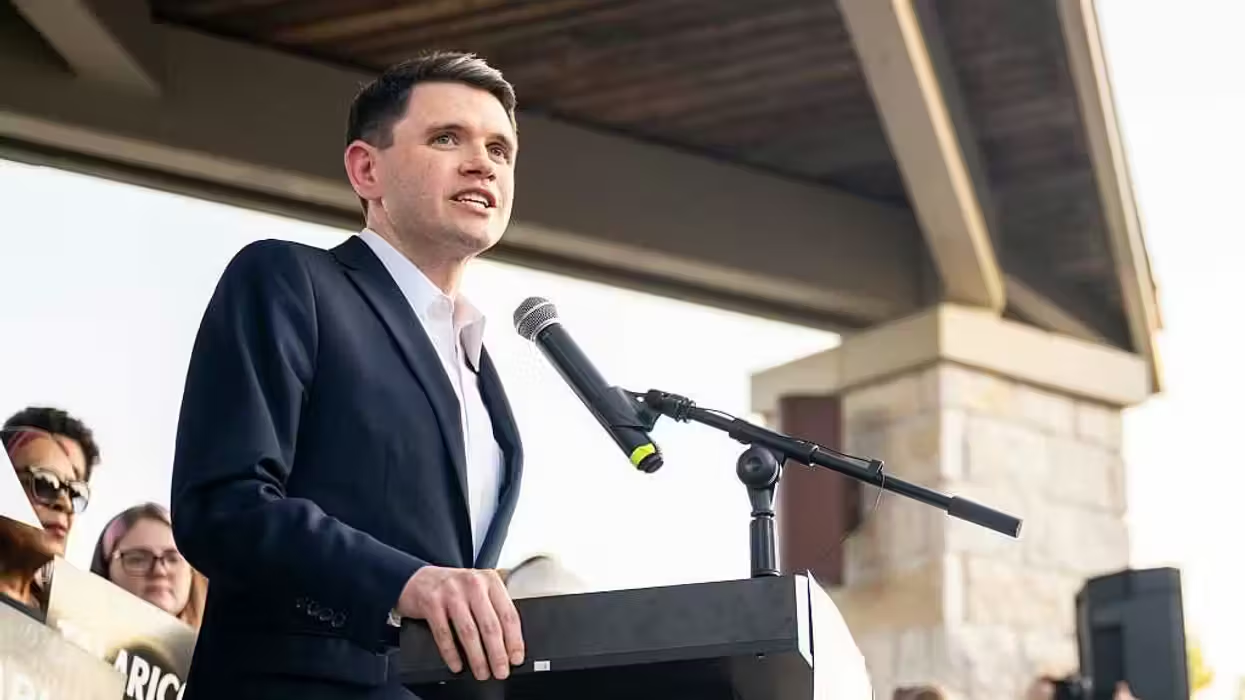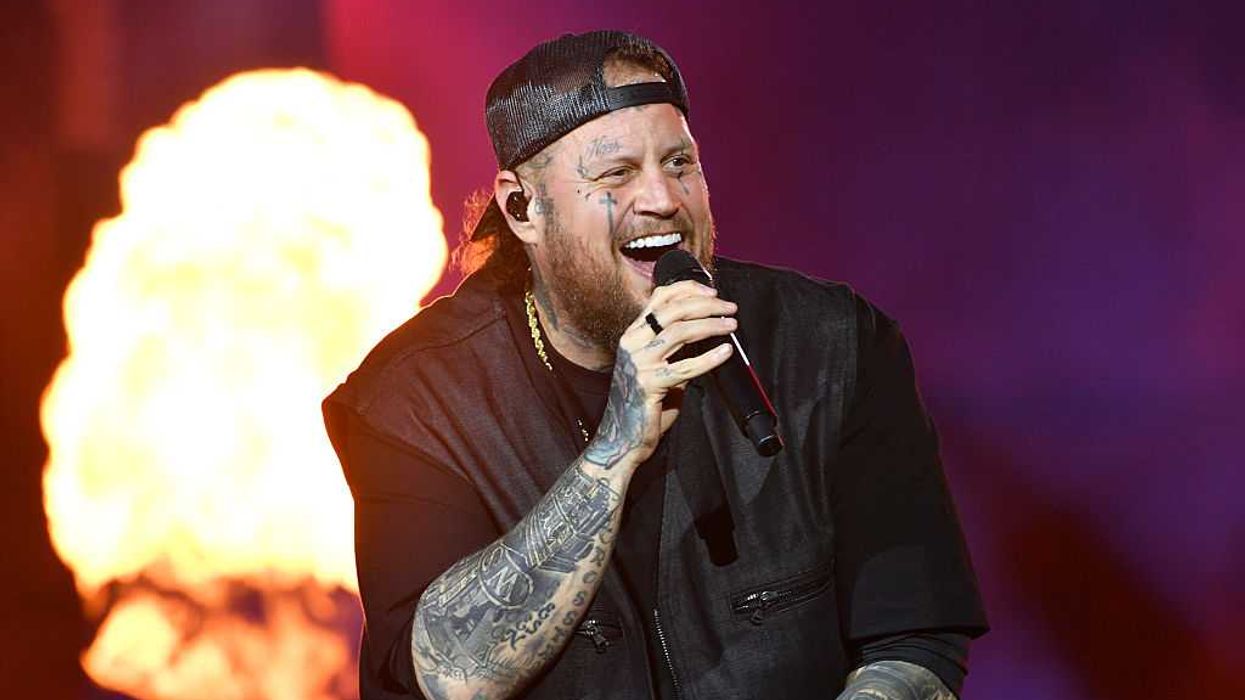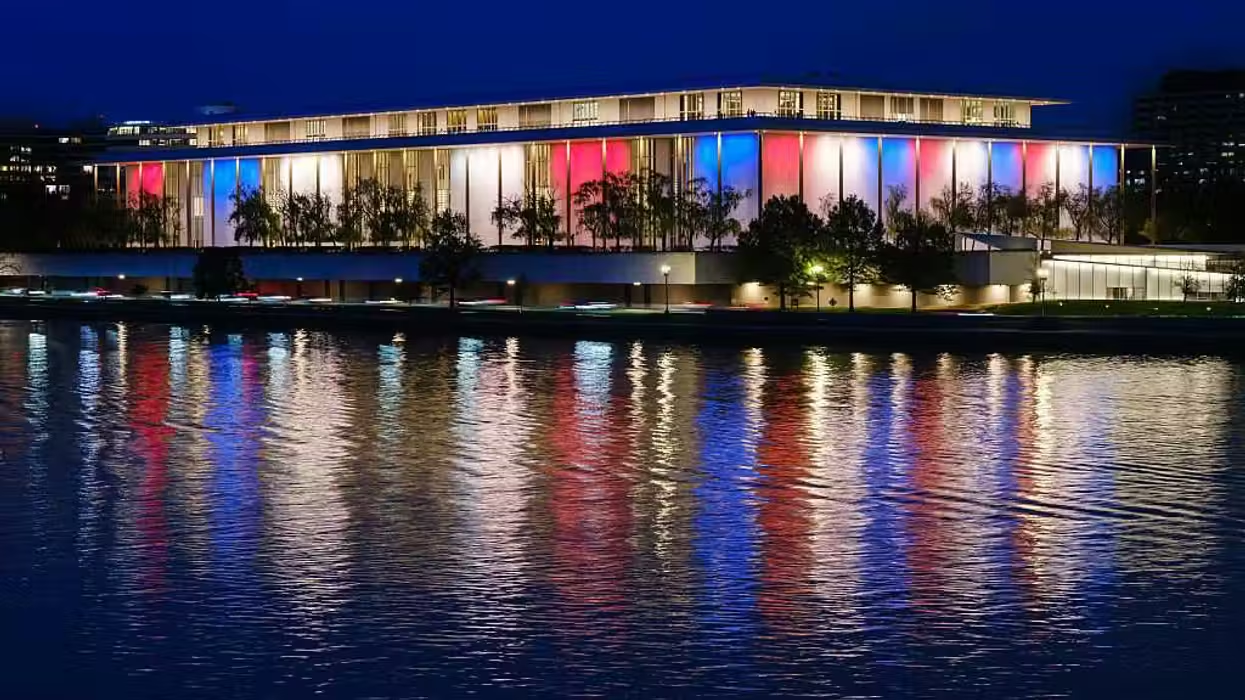
© 2025 Blaze Media LLC. All rights reserved.
Experts: Drones Could Have Provided Real-Time Video Surveillance of Benghazi Attack if Dispatched in Time
October 29, 2012
With the Obama Administration facing criticism of being too slow in its response to attacks on the U.S. consulate in Libya on September 11, 2012, there have been allegations that the Pentagon and/or the State Department could have been watching a live feed of the violent conflict where four Americans were killed, suggesting help could have been on the way sooner.
Some, such as Geraldo, have called this notion "preposterous." But is it really? For starters, the technology does exist to provide near real-time video from surveillance drones, so the key question is whether drones were dispatched to the scene in time to provide useful information.
It is clear that a real-time feed of what was going on in Benghazi from the beginning would not be available unless the surveillance technology was already set, like a drone already in place for observation. John Pike, director of Global Security.org, told TheBlaze with drone technology it would have been "quite possible" for officials to view a live feed of the attacks, "but there would have been no reason to [send a drone] in advance and not enough time once the attack started."
Reports are that two drones were diverted from original missions after two and a half hours and four hours and 15 minutes, respectively, to Benghazi. Depending on where they were coming from, it could have taken hours more before they could start sending officials images of what was going on.
CBS News reported that a Predator drone was sent to scene two and a half hours into the attack. At the time it arrived, it could have allowed military officials to observe the conflict at that point. CBS went on to say that a second drone was sent four hours and 15 minutes later.
 Predator drone. (Photo: General Atomics)
Predator drone. (Photo: General Atomics)
Defense Secretary Leon Pannetta said last week, "You don't deploy forces into harm's way without knowing what's [going] on, without having some real time information about what's taking place."
Presumably, the drones were sent to do just that: provide a view of the scene in real time.
That leads to a second question: Could drones have gotten to Benghazi sooner? Drones can be slower than you might think, even though they generally have a long-endurance before needing to refuel, said Keven Gambold, the director of operations for Unmanned Experts, a company specializing in UAV training, equipment and business development.
"They're not necessarily designed for speed," he said. "There were times in Iraq where you could be outrun by a speeding car."
Gambold said, depending on how far away the drone's prior missions were, it could very well have taken them hours to arrive near the scene in Benghazi.
When asked about military protocol for how long it might take to make the decision to divert the drone from another mission, Gambold said it would likely depend on how high-priority the prior target of the drone might have been. As an example, he said the drone could have been searching for a high-profile terrorist for years and was finally on the trail. When asked to be diverted, in a situation like this, the gravity of the other situation would go through a discussion process. Once the decision was made though, he said deployment of the drone to its new target is instant.
While drones like Predator operate at a high altitude, they often offer similar picture quality to smaller UAVs that are right on the scene, which is to say the view is good.
"These specialize in full-motion video," Gambold said, noting that it's not just a series of still images.
 A drone pilot and a payload operator. (Photo: General Atomics)
A drone pilot and a payload operator. (Photo: General Atomics)
As for the Predator drone specifically, General Atomics Aeronautics' website states that the UAV has video cameras on board and uses a GhostLink, which is a high-bandwidth data link that increases the bandwidth required to transmit high-resolution sensor imagery from a "Predator Gray Eagle-series UAS or manned aircraft to ground-based operators for real-time situational awareness."
The Reaper drone (which also has been called Predator B) is described as having better capabilities than the original Predator on many fronts, including persistent surveillance.
Gambold, who has an extensive military career with Royal Air Force and has experience with Predator drones as well, said the streaming capabilities of such video to operators and/or intelligence experts on the ground is possible in "near real-time" -- there can be a delay with satellite transmission of information.
He said that a "fair percentage" of this video is generally used in direct support by people on the ground, providing them with a birds eye view of what is going on in area. Although this picture is helpful -- Gambold said their is no better way to get clearer information aside from being there yourself -- it isn't necessarily complete unless you're coupling it with radio transmissions you might pick up and other audio.
To give you an idea of what the footage from an MQ-1 Predator drone might look like, here is a feed from one as the last American convoys left Iraq:
In the end, then, drones would have offered the capability to offer good quality, real-time video if they got there in time.
Want to leave a tip?
We answer to you. Help keep our content free of advertisers and big tech censorship by leaving a tip today.
Want to join the conversation?
Already a subscriber?
more stories
Sign up for the Blaze newsletter
By signing up, you agree to our Privacy Policy and Terms of Use, and agree to receive content that may sometimes include advertisements. You may opt out at any time.
Related Content
© 2025 Blaze Media LLC. All rights reserved.
Get the stories that matter most delivered directly to your inbox.
By signing up, you agree to our Privacy Policy and Terms of Use, and agree to receive content that may sometimes include advertisements. You may opt out at any time.






